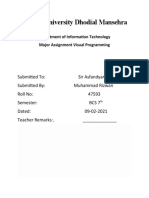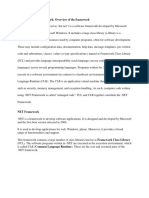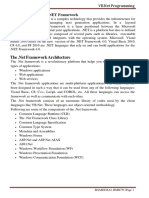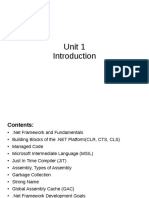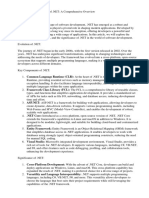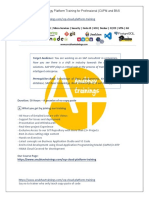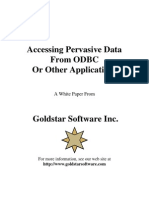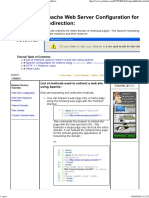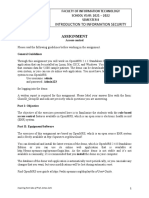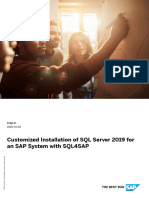0% found this document useful (0 votes)
4 views13 pagesChapte2 Selective Topics in Computer Science
.NET is a Microsoft software development framework that supports multiple programming languages and enables cross-platform application development. Key components include the Base Class Library (BCL) and Common Language Runtime (CLR), which facilitate various application types such as web, desktop, mobile, and cloud applications. The document also covers object-oriented programming fundamentals in VB.NET, exception handling, file manipulation, and database programming using ADO.NET.
Uploaded by
kaffeCopyright
© © All Rights Reserved
We take content rights seriously. If you suspect this is your content, claim it here.
Available Formats
Download as PDF, TXT or read online on Scribd
0% found this document useful (0 votes)
4 views13 pagesChapte2 Selective Topics in Computer Science
.NET is a Microsoft software development framework that supports multiple programming languages and enables cross-platform application development. Key components include the Base Class Library (BCL) and Common Language Runtime (CLR), which facilitate various application types such as web, desktop, mobile, and cloud applications. The document also covers object-oriented programming fundamentals in VB.NET, exception handling, file manipulation, and database programming using ADO.NET.
Uploaded by
kaffeCopyright
© © All Rights Reserved
We take content rights seriously. If you suspect this is your content, claim it here.
Available Formats
Download as PDF, TXT or read online on Scribd
/ 13
